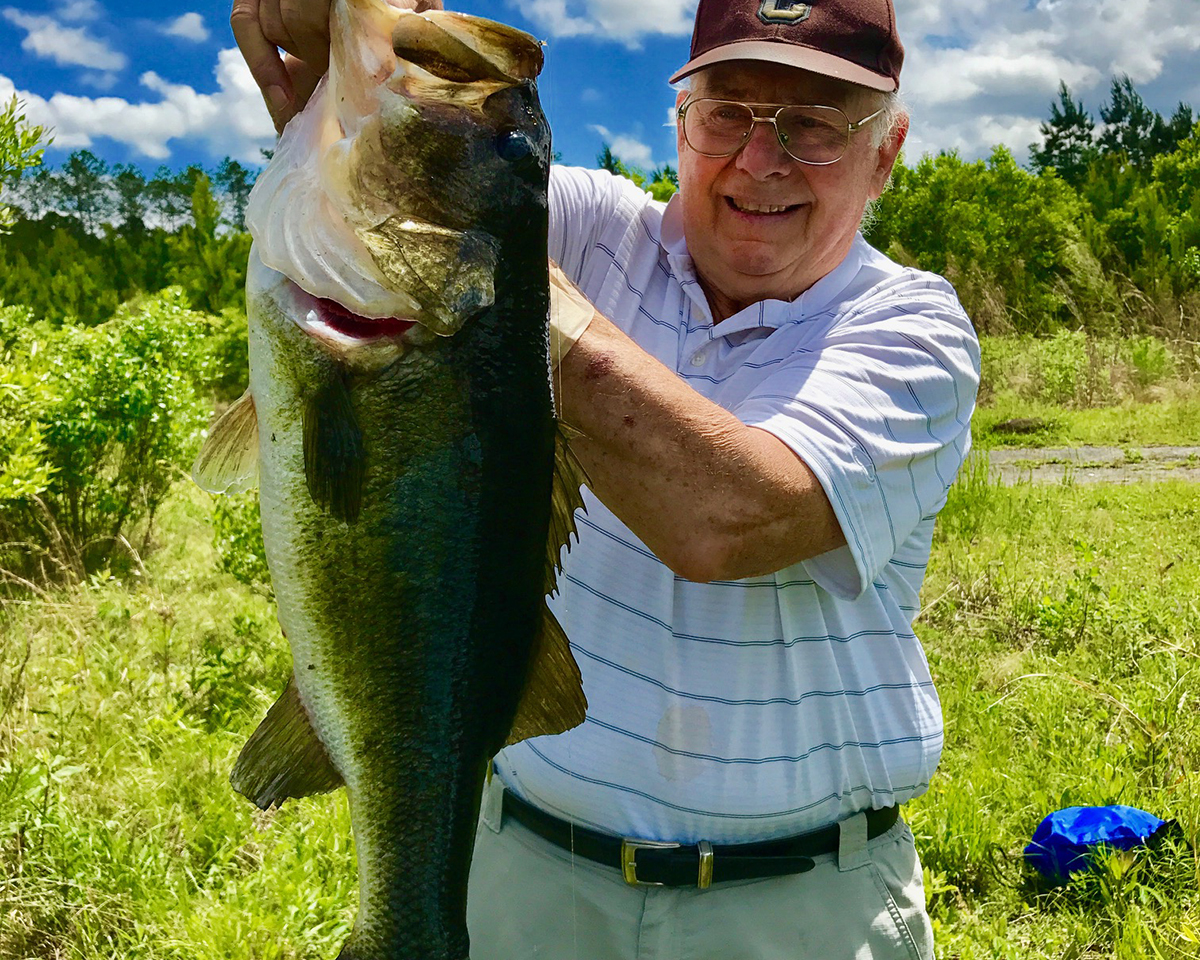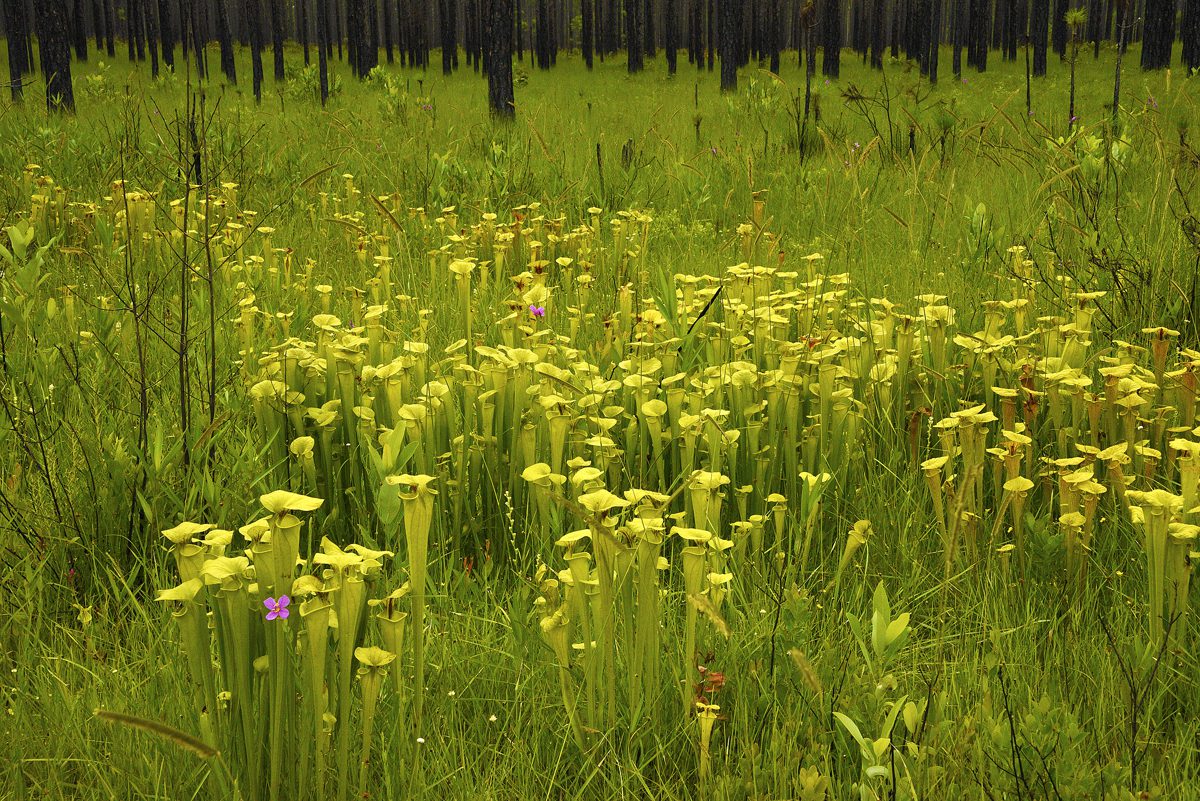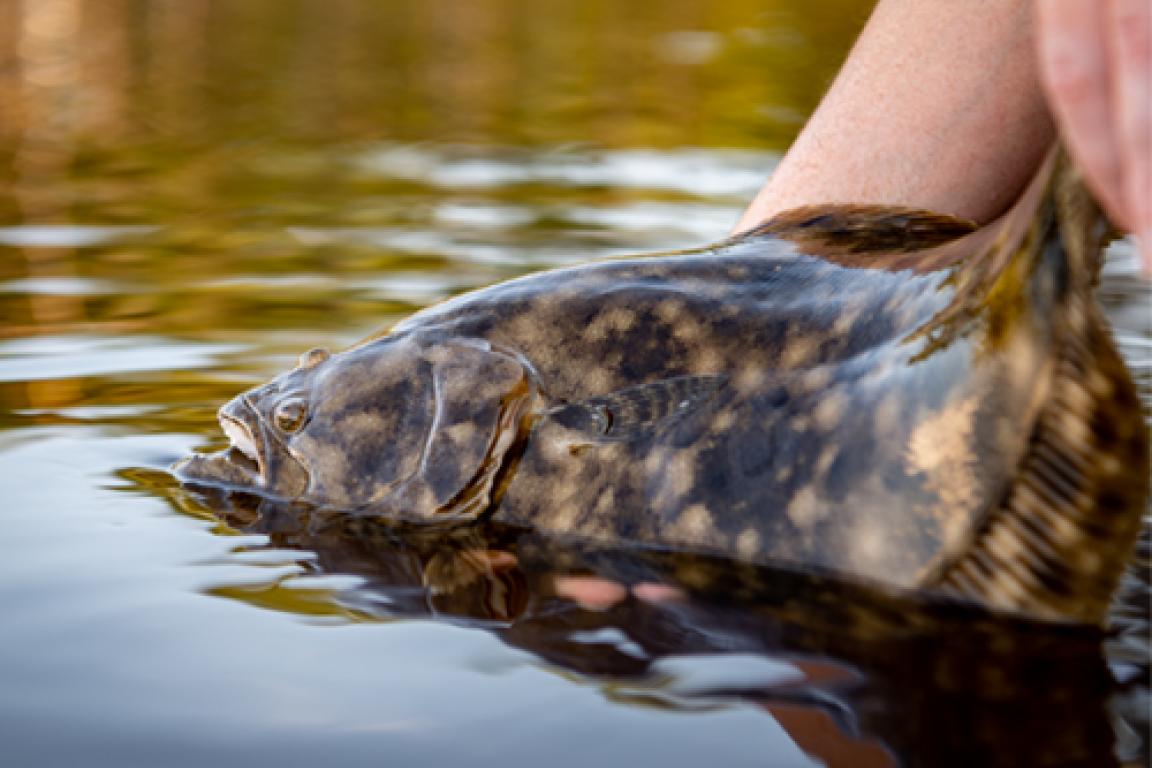 Gannets, like this juvenile, have beautiful glacier blue eyes that are highlighted with a ring of blue flesh. This ring is so prominent that the bird is also called the “spectacled goose.” Photo: Sam Bland. |
EMERALD ISLE — I recently headed out for a predawn jog and abandoned the roads for the pleasure of the sandy beach at low tide. A brisk north wind had rendered the ocean surface lifeless except for the small, crystal clear waves that were only breaking once they reached the shore. The cool temperature was accompanied by a steel gray sky that was wringing out a steady drizzle.
Supporter Spotlight
Mile after mile the beach was a mine, not a soul in sight, not even footprints. Even though the beach was void of people, it was far from lonely. The glassy surf allowed a bottlenose dolphin to keep pace with me, swimming horizontal to the beach in a trough just a few yards from shore, so close that I could hear it exhale. Just beyond the outer sand bar another dolphin playfully leaped out of the water so many times that I lost count.
Looking down the beach I could see in the distance a very large white bird flying towards me just over the ocean. For a moment I thought it might be a tundra swan heading to one of the big lakes in the eastern part of the state. However, as the bird got closer I could see black wing tips and I then began to think it might be one of the white pelicans that have been seen recently seen flying over the White Oak River. Just as it was overhead, the bird banked hard to the right and began soaring back out over the ocean. I now had a good enough look to know that this white bird with wing tips dipped in black was a northern gannet.
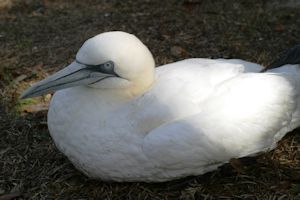 The northern gannet is a big sea bird that spends its life out on the open ocean. It only comes ashore during the breeding and nesting season. Photo: Sam Bland. |
The northern gannet is a big sea bird that spends its life out on the open ocean. It only comes ashore during the breeding and nesting season. They are found in the North Atlantic, down the U.S. East Coast, south to the Caribbean and over into the Gulf of Mexico.
Their nesting colonies are only in the North Atlantic where they are also very abundant along the European coast of Great Britain and Ireland where huge colonies nest along the shear rocky cliffs that tower over the ocean. Gannets were once so plentiful along this coast that in the old English poem Beowulf the Danish King Hrothgar described the ocean as “a gannet’s bath.” They also nest along the coast of Newfoundland and Bonaventure, Quebec.
The mating pair will produce only one egg and feed the chick regurgitated fish. Even though the rocky cliffs provide a safe haven from predators, such as foxes, it is a daunting launching site for the chicks when they are ready to fledge. Pushing away from the cliff, the chicks will half fly and half fall down to the ocean below. They will swim away from the island and live off fat reserves for about two weeks until they master the awkward skills of take offs and landings on the open water.
Supporter Spotlight
The juveniles are gray with white specks and will eventually have the snowy white plumage of an adult in a few years and will begin breeding in five years. Gannets have beautiful glacier blue eyes that are highlighted with a ring of blue flesh. This ring is so prominent that the bird is also called the “spectacled goose.”
As I watched the gannet I realized why it made the abrupt turn away from the surf and out over the open water where dolphin were scouting a school of fish. There it joined a large white swirling tornado cloud of gannets feeding on a school of surface fish, menhaden, most likely. The gannets looked like Kamikaze pilots raining from the sky and into the water from great heights. They take on the shape of an arrow with their straight bill and neck and their wings stretched out along their sides. This aerodynamic form quickly becomes hydrodynamic as the bird slices into the water to capture the fish. If the initial dive is unsuccessful they will swim using their webbed feet and wings as deep as 70 feet to pursue the fish. When they surface, the fish is already in their throat and they will clumsily run along the surface of the water to take off and rejoin the feeding frenzy.
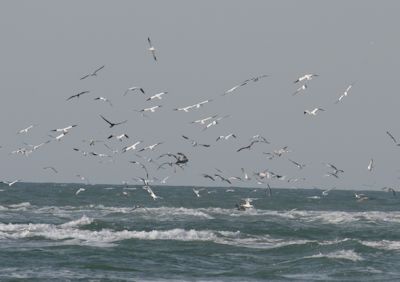 Northern gannets join other birds feasting on menhaden off the beach at Emerald Isle. Photo: Sam Bland. |
Gannet populations are pretty stable now, but it hasn’t always been that way. Daredevils once scaled the steep rock cliffs to reach nesting sites where they harvested the eggs and chicks, which were then sold in the markets as a delicacy. Even today, limited traditional harvest is allowed in parts of the United Kingdom. The taste is described as fishy. Adult gannets were also once hunted to use their body fat as a treatment for gout and to render the fat into a mechanical lubricant.
In April 2012, an amazing northern gannet sighting occurred at the Fallon Islands off the coast of California. This was the first recorded northern gannet in the Pacific Ocean and is thought to be an indication of global warming. Gannets stay out over the open ocean water and do not venture over land. Warmer global temperatures have resulted in much of the Northwest Passage to be free of ice. Thus, it is assumed that this gannet left from the north Atlantic and followed the open water of the Northwest Passage out into the Bering Sea and then migrated south into the Pacific Ocean.
Gannets are often overlooked by the casual observer and thought to be just another gull. So next time you are going for an early morning or late afternoon walk on the beach, lookout over the ocean for the solitary gannet gliding gracefully above the ocean or for the busy commotion of a flock of gannets plunging after a meal.



